Will the diverse approaches to labelling switch off the traffic lights threat, or merely lead to confusion, asks Fiona McLelland
Tesco became the latest player to nail its colours to the mast in the nutrition labelling debate this week by scrapping the idea of traffic-light labelling in favour of Guideline Daily Amounts alongside existing Glycaemic Index information. Britain’s top retailer joins a growing list of major firms - the Co-op, Sainsbury, Kellogg and Nestlé among them - developing their own labelling systems in the response to the food and health debate.
But with so many different approaches being mooted, is the industry in danger of confusing consumers and playing into the hands of those who seek to impose labelling solutions on the food industry?
Labour is firmly committed to the notion of ‘simplifying’ labelling for consumers. And, if it wins the election, Labour could use recent developments as another reason for forcing through any universal system proposed by the Food Standards Agency.
“Labelling is a mess,” says Eversheds law firm partner Owen Warnock. “Hopefully, it’s an interim mess, but with all these proposals, there is no clear system that will give a uniform, simplified system.”
Which? has already warned of the dangers of a multitude of label formats and has called for consistency. It wants all suppliers to use the FSA recommendations when they come through. The agency still seems convinced that red, amber and green is the way forward, but most suppliers are bitterly opposed.
“There’s a presumption in schemes such as traffic lights that there is a good and bad,” says chief executive of Cadbury Schweppes, Todd Stitzer. “Just to say we have to make it simple for people because they can’t figure it out is, from my perspective, a cop-out.”
Others are pushing their own versions of a GDA system. Kellogg is one of those putting GDA labelling on the front of packs. MD Tony Palmer says that although it has rushed through the move, it is still open to change if a suitable industry-wide scheme is developed. Nestlé has also just begun the rollout of GDA labelling on all UK products.
FDF deputy director general Martin Paterson says this shows the industry is taking responsibility and trying to come up with suitable solutions. “More than 80% of UK-produced, pre-packed, manufactured foods voluntarily have nutrition labelling on pack; more and more products are showing salt equivalence, and GDA now features on a wide and increasing range of products.”
Tesco’s departure from traffic lights is the latest fillip to the FDF’s campaign for GDA as a viable alternative. The supermarket says it scrapped plans for traffic lights after a 12-month research project proved the system too simplistic; customers were confused by ‘amber’ and misled by ‘red’. Sainsbury, too, has developed a front-of-pack ‘wheel of health’ GDA index - although traffic-light coding is also involved - and is introducing Glycaemic Index details on to packs.
Ironically, labelling may have absolutely no effect on consumers. Only 5% of shoppers were influenced by nutritional information during in-store trials at the Co-op last autumn. Shelf-edge labels on 300 products, developed in conjunction with Oxford University, showed calorie, salt and fat content with high, medium or low indicators, and although the society claims the labelling had widespread consumer appeal, it admits the rating of all products on a single scale was not well-received.
Everyone now has to wait for the FSA’s next move following the closure of the consultation period on labelling last week.
Although retailers and manufacturers are increasingly launching their own schemes, the FSA still thinks the industry should get behind its solution - whatever form that takes. A spokesman says: “We believe the development of a single signposting scheme that could be adopted by all retailers and manufacturers would make it simpler for consumers to make informed choices.”
Tesco became the latest player to nail its colours to the mast in the nutrition labelling debate this week by scrapping the idea of traffic-light labelling in favour of Guideline Daily Amounts alongside existing Glycaemic Index information. Britain’s top retailer joins a growing list of major firms - the Co-op, Sainsbury, Kellogg and Nestlé among them - developing their own labelling systems in the response to the food and health debate.
But with so many different approaches being mooted, is the industry in danger of confusing consumers and playing into the hands of those who seek to impose labelling solutions on the food industry?
Labour is firmly committed to the notion of ‘simplifying’ labelling for consumers. And, if it wins the election, Labour could use recent developments as another reason for forcing through any universal system proposed by the Food Standards Agency.
“Labelling is a mess,” says Eversheds law firm partner Owen Warnock. “Hopefully, it’s an interim mess, but with all these proposals, there is no clear system that will give a uniform, simplified system.”
Which? has already warned of the dangers of a multitude of label formats and has called for consistency. It wants all suppliers to use the FSA recommendations when they come through. The agency still seems convinced that red, amber and green is the way forward, but most suppliers are bitterly opposed.
“There’s a presumption in schemes such as traffic lights that there is a good and bad,” says chief executive of Cadbury Schweppes, Todd Stitzer. “Just to say we have to make it simple for people because they can’t figure it out is, from my perspective, a cop-out.”
Others are pushing their own versions of a GDA system. Kellogg is one of those putting GDA labelling on the front of packs. MD Tony Palmer says that although it has rushed through the move, it is still open to change if a suitable industry-wide scheme is developed. Nestlé has also just begun the rollout of GDA labelling on all UK products.
FDF deputy director general Martin Paterson says this shows the industry is taking responsibility and trying to come up with suitable solutions. “More than 80% of UK-produced, pre-packed, manufactured foods voluntarily have nutrition labelling on pack; more and more products are showing salt equivalence, and GDA now features on a wide and increasing range of products.”
Tesco’s departure from traffic lights is the latest fillip to the FDF’s campaign for GDA as a viable alternative. The supermarket says it scrapped plans for traffic lights after a 12-month research project proved the system too simplistic; customers were confused by ‘amber’ and misled by ‘red’. Sainsbury, too, has developed a front-of-pack ‘wheel of health’ GDA index - although traffic-light coding is also involved - and is introducing Glycaemic Index details on to packs.
Ironically, labelling may have absolutely no effect on consumers. Only 5% of shoppers were influenced by nutritional information during in-store trials at the Co-op last autumn. Shelf-edge labels on 300 products, developed in conjunction with Oxford University, showed calorie, salt and fat content with high, medium or low indicators, and although the society claims the labelling had widespread consumer appeal, it admits the rating of all products on a single scale was not well-received.
Everyone now has to wait for the FSA’s next move following the closure of the consultation period on labelling last week.
Although retailers and manufacturers are increasingly launching their own schemes, the FSA still thinks the industry should get behind its solution - whatever form that takes. A spokesman says: “We believe the development of a single signposting scheme that could be adopted by all retailers and manufacturers would make it simpler for consumers to make informed choices.”







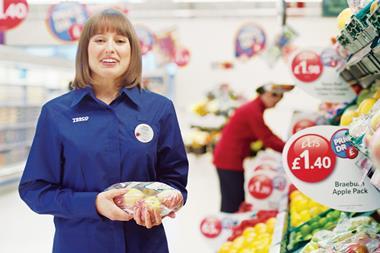


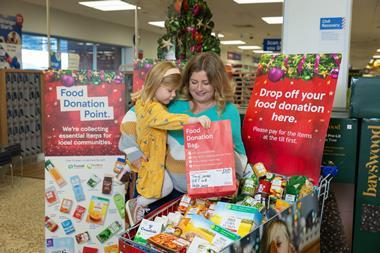
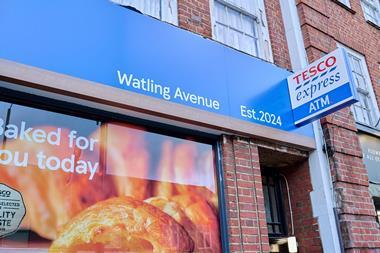
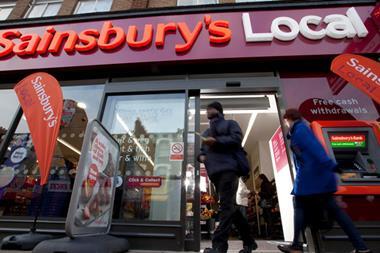





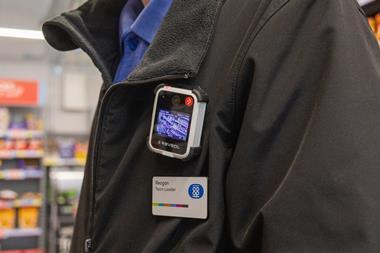
No comments yet